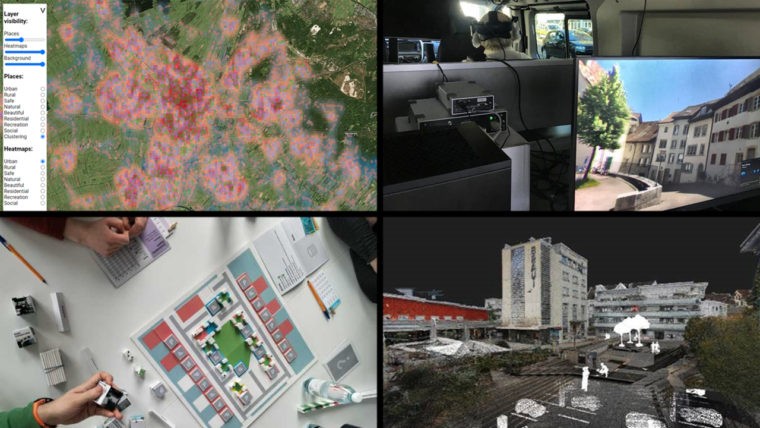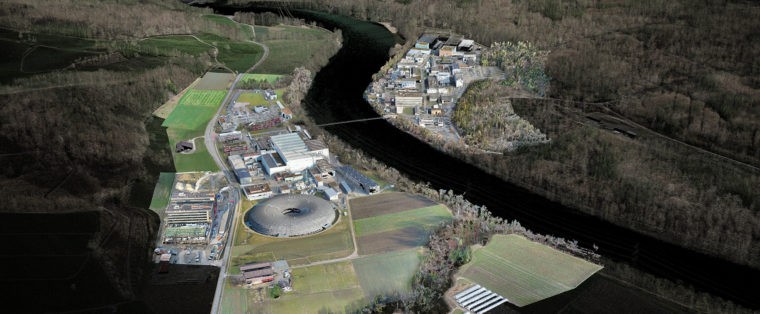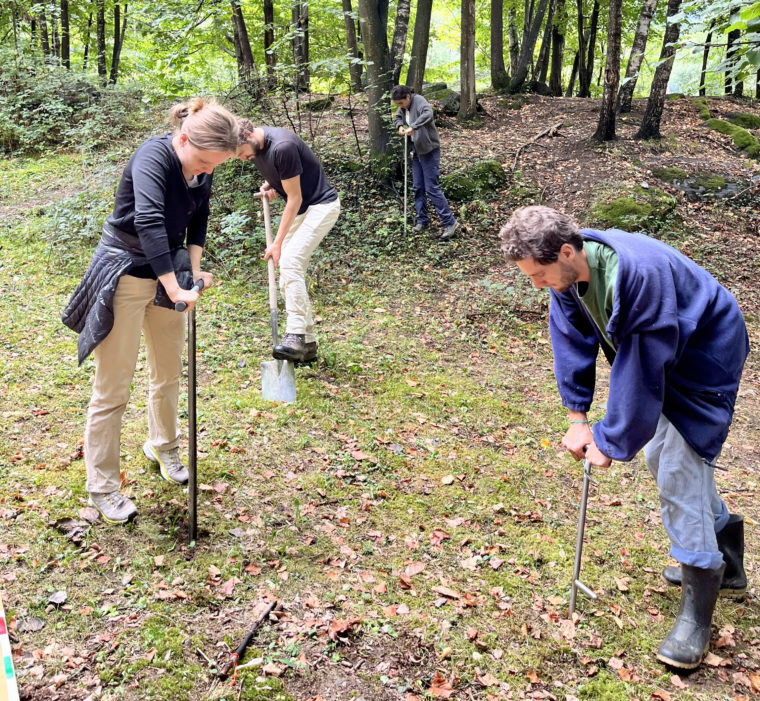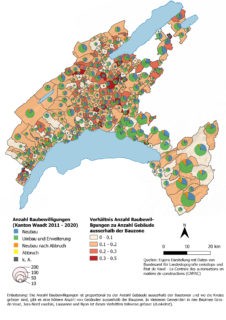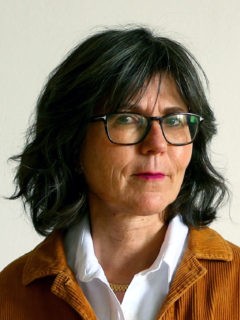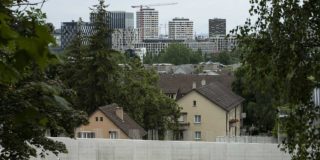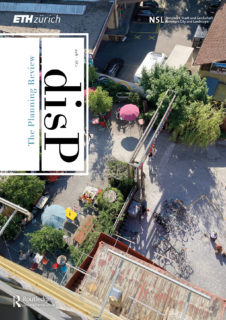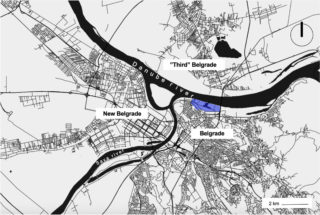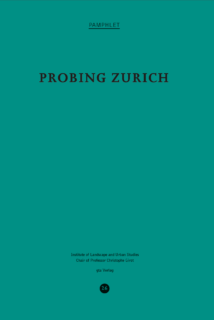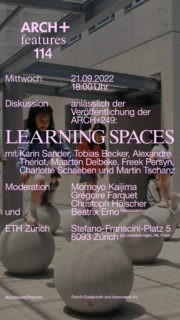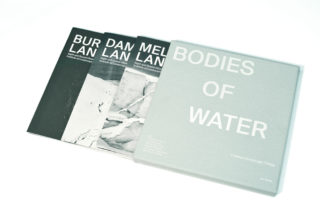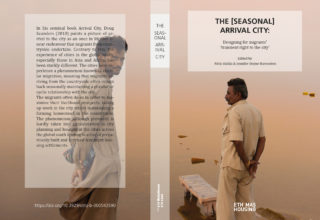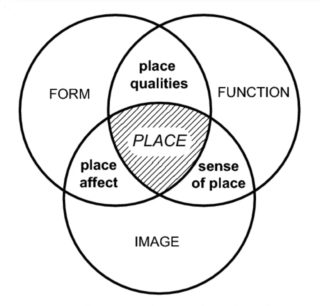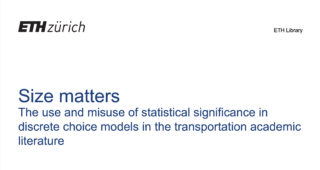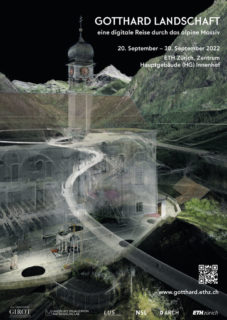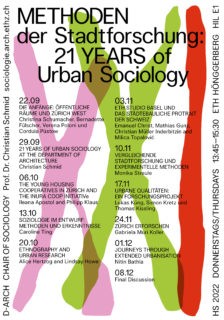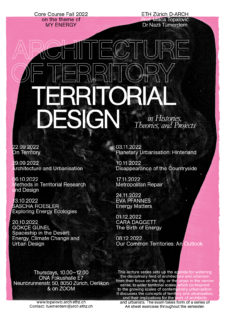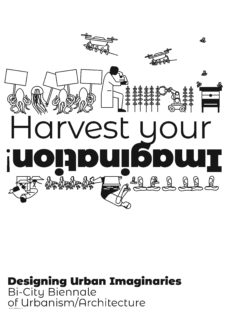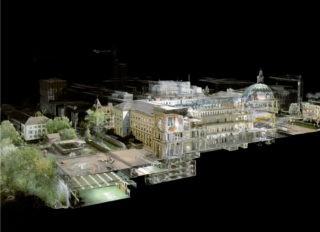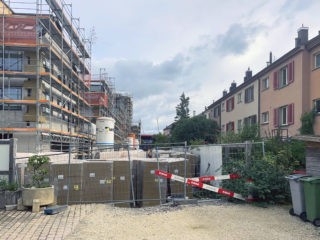Sehr geehrte Leserinnen und Leser
Was braucht ein «Ort»? Bzw. wie verhindert man, dass bei zunehmendem Verkehr und Verdichtung ein «Unort» daraus wird? Die Antwort hat, zumindest gemäss unserem Newsletter, etwas mit (Um-)Gestaltung, subjektiver Wahrnehmung, Methoden, Technik und/oder Handwerk zu tun.
Und scrollen Sie bis ganz nach unten, bei so vielen Anlässen ist bestimmt einer dabei, den Sie brauchen.
In diesem Sinne: viel informatives Lesevergnügen!
Sibylle Wälty | ETH Wohnforum – ETH CASE
Much controversy surrounds the SBB Neugasse project in the city Zurich. It will be put to the vote for Zurich citizens on 25 September. On a 30-hectare site in a well-connected location, only 375 flats are envisaged. This means that there is not sufficient densification, not as much housing is being created as would be possible. Spatial development scientist Sibylle Wälty shows how this area could contribute to alleviating the housing shortage. To the article on the ETH «Zukunftsblog»
Andreas Moser, Dr. Ulrike Wissen Hayek, Prof. Dr. Adrienne Grêt-Regamey | Planung von Landschaft und Urbanen Systemen – PLUS; Dr. Richard R. Hollenweger | Direction des autorisations de construire (DAC) - État de Vaud
Am 3. Schweizer Landschaftskongress in Rapperswil hat die ETH Zürich in Kooperation mit dem Kanton Waadt das Projekt für ein interkantonal koordiniertes Monitoring zum Bauen ausserhalb der Bauzonen vorgestellt. Das Ziel des Projekts ist die partizipative Entwicklung von Indikatoren basierend auf bestehenden Datengrundlagen. Wer den Posterbeitrag verpasst hat, kann ihn hier ansehen.
Dr. Jennifer Duyne Barenstein | ETH Wohnforum – ETH CASE
Dr. Jennifer Duyne Barenstein übernimmt die Leitung des interdisziplinären Forschungszentrums ETH Wohnforum – ETH CASE. Sie tritt die Nachfolge von Dr. Marie Glaser an und bringt langjährige internationale Leitungserfahrung mit. Die Sozialwissenschaftlerin ist seit sechs Jahren am ETH Wohnforum tätig und spezialisiert auf sozioökonomische und kulturelle Aspekte des Wohnens, Urbanisierungsprozesse sowie bezahlbaren und gemeinnützigen Wohnraum. Seit 2016 leitet sie den MAS ETH in Housing.
Beauty may be in the eye of the beholder – yet how do we find consensus on a shared amenity such as a neighbourhood? We took a stroll with two ETH architects to discover how they see their role as mediators between the conflicting priorities of urban consolidation, functionalism and aesthetics. Article in ETH Globe (online).
David Kaufmann | Raumentwicklung und Stadtpolitik (SPUR)
Densification is a fundamental principle of urban planning and development today. Nevertheless, it often encounters local resistance. A group of ETH researchers has now systematically investigated factors influencing public acceptance of densification, focusing on the canton of Zurich and six cities of global importance. One key factor: affordable housing. Article at ETH News
9 September – 20 October | National Museum of Bosnia and Herzegovina, Urban Design Studio Sarajevo, BiH.
More
20. – 30. September | ETH Zürich, Zentrum, Hauptgebäude (HG) Innenhof.
Im Rahmen der Schweizer Digitaltage bespielt die Ausstellung «Gotthard Landschaft» der Professur Christophe Girot mit einem Punktwolken-Modell dieser bedeutsamen Bergregion den Innenhof des ETH Hauptgebäudes.
More
PROGRAMM GEÄNDERT! 22. September bis 8. Dezember 2022, jeweils Donnerstag, 13:45 – 15:30 | ETH Zürich, Hönggerberg, HIL E1.
Diese Vorlesungsreihe vermittelt einen Rückblick auf die Arbeit der Dozentur Soziologie am D-ARCH und einen aktuellen Überblick über sozialwissenschaftliche Stadtforschung.
More
8. November 2022 | 18:00 ETH Zürich, Hönggerberg, HIL G 64. More
11 October, 17:30 | ETH Zürich, Zentrum, HG E 7.
Lecturers: Ananya Roy, University of California, Los Angeles. Comments by Christian Schmid, ETH Zürich, Joanna Kusiak, University of Cambridge, and Hanna Hilbrandt, University of Zürich.
More
Thursday 24.11./1.12., 10:00 – 12:00 | ETH Zürich, Oerlikon, Neunbrunnenstr. 50, ONA E 7 + online.
This lecture series sets up an agenda for widening the disciplinary field of architecture and urbanism to territorial scales, corresponding to the increasing scales of contemporary urbanisation. More
earth. bio-based. reused.
Think regenerative !
It is time to go beyond sustainability. Alternative solutions out of local resources such as earth, bio-based and reused materials are emerging all over the world and are triggering regenerative output, thanks to their capacity to contribute to the restoration and improvement of the surrounding natural and social environment. However, they are not widespread in the construction sector due to lack of information on the side of decision makers and lack of competence on the side of practitioners.
The CAS and DAS ETH in Regenerative Materials, international ETH training programmes launched by the Chair of Sustainable Construction of the ETH Zurich, aim to tackle this problem. These teachings offer knowledge and skills to question our conventional construction techniques and to promote regenerative materials from resource extraction to construction site, operation and end of life of the building materials. They promote a territorial approach from the preliminary phase of the construction programme.
Website CAS and DAS ETH in Regenerative Materials
18 October, 17:00 | Oslo School of Architecture and Design (AHO). More
25. November 2022, 18:00 Uhr | Anmeldung bis 18. November | Case Studio VOGT, Stampfenbachstrasse 59, Zürich. More
17 November, 17:00 – 19:00 | Politecnico di Torino, Castello del Valentino, Torino. More
21 November, 16:00 – 18:00 | via Zoom.
Lecturer: Antoine Picon – Professor of the History of Architecture and Technology, Harvard Graduate School of Design.
More
Kick-off event | 23 November 2022, 13:30, aperitif around 18:00 | HG F 30 (Audi Max), ETH Zürich, Zentrum.
Registration deadline 9 November.
More
30. November 2022, 18:00-20:00 | Ort: ETH Zürich, Zentrum, LEE D 101.
Welche Lehren ziehen wir aus der Covid-Krise als Feldversuch für eine nachhaltigere Stadtlandschaft Schweiz?
More
18 December 2022 until 12 March 2023 | Shenzhen, China.
The UABB is the only exhibition in the world to explore issues of urbanization. More
28. November – 3. Dezember 2022 | Ausstellung und Round Table Talks | ETH Zürich, Hönggerberg, HXE C1. More
1 December, 17:15 | ETH Zürich, Zentrum, HG F 30.
Prof. Galí-Izard defines landscape architects as translators of the potential of places defined primary by its geological and climatic conditions.
More
18. Januar 2023, 9:00 – 17:00 | ETH Zürich (Zentrum), Auditorium Maximum HG F 30.
Das Landmanagement ist im Wandel. Schon heute werden seine Instrumente zur Förderung vielfältiger Funktionen des Raumes eingesetzt.
More
9. Februar 2023, 17:00–18:45 Uhr | ZAZ BELLERIVE Zentrum Architektur Zürich, Höschgasse 3, Zürich.
Expert:innen, Politiker:innen und Aktivist:innen diskutieren über die sozialen Auswirkungen der anhaltend raschen Verdichtung der Stadt Zürich. Diese erfolgt oft durch den Ersatz von preiswertem Wohnraum durch neue Wohnungen, die für einkommensschwächere Menschen nicht mehr erschwinglich sind. Am 25. Januar 2023 eröffnet im ZAZ BELLERIVE Zentrum Architektur Zürich eine Ausstellung zum gleichen Thema, die in Kooperation mit dem MAS in Housing und MAS in Geschichte und Theorie der Architektur (gta) organisiert wird.
More
Redaktionsteam
Silvia Converso, Institut für Landschaft und Urbane Studien (LUS), Landschaftsarchitektur
Isabelle Fehlmann, Institut für Landschaft und Urbane Studien (LUS), Landschaftsarchitektur
Melanie Fessel, Institut für Landschaft und Urbane Studien (LUS), Städtebau
Claudia Gebert, Koordinationsstelle NSL, Chefredaktion
Maarten Van Strien, Institut für Raum- und Landschaftsentwicklung (IRL)
Jan Westerheide, Institut für Landschaft und Urbane Studien (LUS), Städtebau
Caroline Winkler, Institut für Verkehrsplanung und Transportsysteme (IVT)

